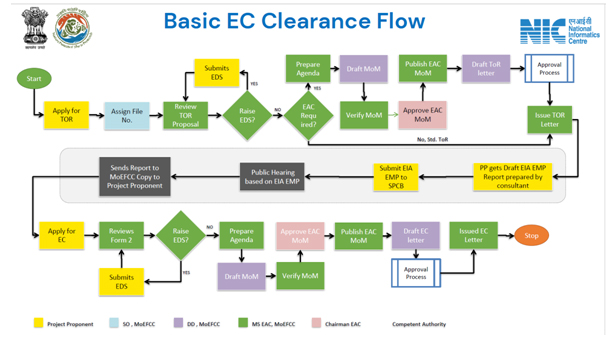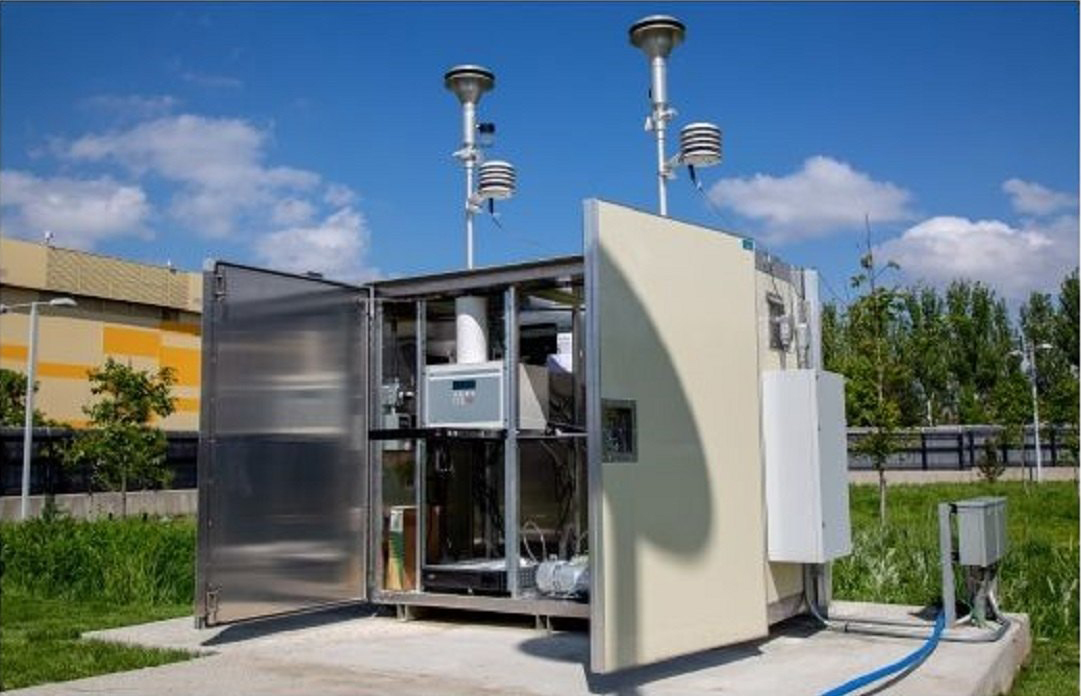Innovative Solutions for a Sustainable Tomorrow
- Home
- TNPCB
Innovative Solutions for a Sustainable Tomorrow
We provide environmental consulting and engineering services to improve wastedisposal,air pollution control, and water pollution control. Since our inception, we have remained committed to sustainability, innovation, and excellence, working to minimize environmental impact and foster sustainable practices
As a consultant, our promise is to deliver professional expertise, outstanding customer service, quality-based design, and construction guidance through every project.
A. Consultancy Work
We provide services to obtain consents from Pollution Control Board including
• Consent for Establishment (CTE): Consent to Establish (CTE) from the
Pollution Control Board is required before beginning construction or operations.
• CTO (Consent to Operate): After construction, industries must obtain
Consent to Operate (CTO) from the State Pollution Control Board.
• Consent for Renewal: On a Particular period, before expiry of the CTO, the
industries must renew the consent.
• Consent for Expansion: Consent for expansion refer to the process of
obtaiing necessary approvals from the pollution control board for expanding the
industrial or commercial operations.
• HWA (Hazardous Waste Authorization): Hospitals and healthcare facilities
require Biomedical Waste Authorization (BWA) to legally handle and dispose of
biomedical waste.
• E-Waste & Battery Waste Management: Proper disposal of electronic and
battery waste is regulated under e-waste management rules.
• EPR Certificate: Producers, importers, and brand owners must obtain an
Extended Producer Responsibility (EPR) Certificate for managing end-of-life
products.
B. Environmental Clearance
Why Environmental Clearances is required ?
Environmental clearances are required for projects that could affect land, air, water, or ecosystems. Regulatory authorities like the Ministry of Environment, Forest and Climate Change (MoEFCC) and State Pollution Control Boards necessitate comprehensive assessments prior to granting approval to move forward. Not obtaining these clearances can result in legal repercussions, delays in the project timeline, substantial fines, or even total shutdowns.
Our expertise guarantees that your project complies with all necessary requirements, reducing risks and facilitating smooth execution.
1. Preliminary Assessment: We evaluate your project's environmental requirements.
2. Environmental Impact Assessment (EIA) Clearance An Environmental Impact Assessment (EIA) clearance is necessary for projects that could significantly affect the environment. This process includes creating an Environmental Impact Assessment report, holding public hearings, and securing approval from the Expert Appraisal Committee (EAC).

We oversee the complete procedure, from preparing the EIA report to representing clients before regulatory bodies.
- • EIA report writing by certified professionals
- • Preparation of all necessary reports, applications, and submissions for Environmental clearance application filing
- • Public hearing coordination and management
- • EMP implementation and monitoring
- • Direct communication with regulatory agencies to expedite clearances
3. Environmental Clearance & Permits
- • State Environmental Clearance (SEIAA)
- • Central Environmental Clearance (MoEF&CC)
4. Site Assessment & Remediation
- • Environmental site assessment
- • Groundwater, Soil (Land) contamination and planning
C. Monitoring System
ADHIM GROUP is a prominent provider of environmental monitoring solutions in India, serving a variety of industries throughout the Tamil Nadu area. With a solid customer base, a well-organized sales team, and a highly competent technical and service crew, the company is indeed on a path of growth.
We efficiently manage the installation, commissioning, and servicing of different instruments. Additionally, we offer tailored solutions based on the specific needs of our clients.
Our field expertise enables us to supply and maintain a range of measuring instruments from various manufacturers. We also handle automation and control projects for environmental monitoring, effluent treatment, sewage treatment, and more. Our proficiency encompasses all automation products, including Programmable Logic Controllers (PLC), Human Machine Interfaces (HMI), Process Indicators, Process Controllers, and DCS systems. We deliver automation products and solutions known for their high performance and reliability.
We provide Services for
- • Continuous Ambient Air Quality Monitoring System (CAAQMS)
- • Continuous Emission Monitoring System (CEMS)
- • Online Continuous Effluent Monitoring System (OCEMS)
- • Online VOC Monitor
1. Continuous Ambient Air Quality Monitoring System (CAAQMS)
In most of the industrial environments, the measurement of quality factors such as PM10 & PM2.5, CO, SO2, NOx and O3 in the ambient environment is essential. The online Continuous Ambient Air Monitoring Station is used in such environments and the AAQMS supplied is CPCB / USEPA approved. It functions as per the latest specifications of National Ambient Air Quality Standards.

To accurately address potential water bias and volatile loss, the Dynamic Heating System allows the user to hold the sample temperature at a fixed value or below a relative humidity threshold.
Analyzers are available for measurement of other gases like HC, H2S, NH3 ,VOC, BTX, HF, HCL, etc...
2. Continuous Emission Monitoring System (CEMS)

- • Portable Flue gas Detector
- • Stack Dust Monitor
Continuous Emission Monitoring Systems are used to monitor flue gas for the presence of Carbon Monoxide (CO), Sulphur Di-Oxide (SO2), Oxides of Nitrogen (NOx), Carbon Di-Oxide (CO¬2) and Oxygen (O2). CEMS analyzers provide crucial information on the industrial combustions and are used to tune and control emissions.
Flue gases are one of the chief causing factors of Acid Rain and their composition of hazardous gases shall be controlled as per CPCB guidelines. In addition to afore-mentioned gases, other gases
such as Ammonia (NH3), Hydrogen Chloride (HCl), Hydrogen Flouride (HF), Methane (CH4), etc are also measured using CEMS analyzers. Apart from Oxygen, all the other gases are measured using Non-Dispersive Infra Red (NDIR), Laser Absorption Spectroscopy (LAS), Tunable LAS (TDLAS), Electro Chemical (EC), Chemiluminescence (CLD), and Photo Acoustic (PAS) sensors. Oxygen is measured using EC, Paramagnetic or Zirconia measurement. In these gases, CO2 and O2 are measured in percentage (%) while the others are measured in parts per million (ppm) or parts per billion (ppb).
3. Online Continuous Effluent Monitoring System (OCEMS)
In environmental chemistry, the chemical oxygen demand (COD/BOD) test is commonly used to indirectly measure the amount of organic compounds in water L800 is a dedicated on-line analyzer for determining true COD/BOD values in water matrices, in compliance with standard methods. L800 uses UV absorbance/fluorescence spectroscopy full spectram (180-720nm) technology, provides selective, accurate and real-time measurement of COD/BOD.Main method : UV-Visible Spectroscopy

4. Online VOC Monitor

VOC meter idea to help detect mixed gas volatile organic compound (VOC) levels as part of an indoor air quality (IAQ) maintenance program. Volatile Organic Compounds (VOCS) are carbon based compounds that pose a significant health hazard due to their toxicity.
VOCs in large concentrations can easily be present in the air without us always knowing due to lack of odor or color. Other VOCs in higher concentrations are readily noticeable by odor such as gasoline
vapors which are comprised of several different VOCs. A Photo Ionization Detector (PID) can analyze a wide range of chemicals, including aromatic hydrocarbons, but excluding low molecular weight hydrocarbons. PID works by using ultraviolet light to break down airborne VOCs into either positive or negative ions. Once broken down, the detector can then measure or detect the charge of the ionized gas. It should be mentioned that PID only temporarily changes the VOC sample it detects and does not permanently change them. Methylene chloride is an example of a dangerous VOC PID is useful in detecting.

